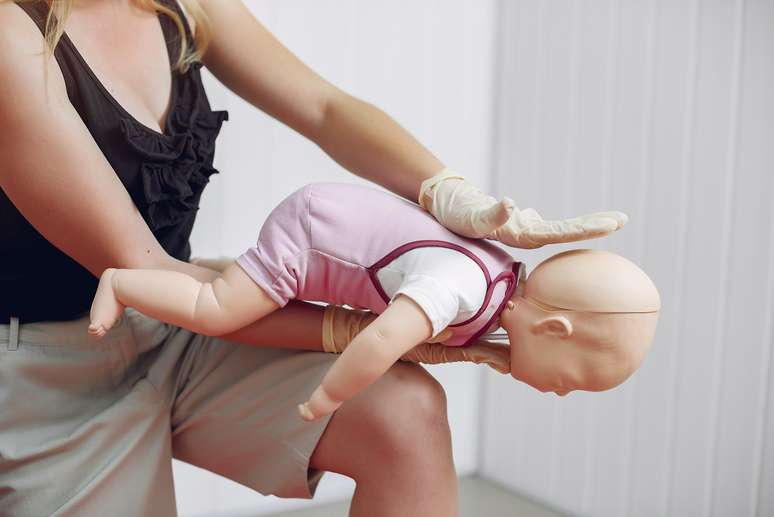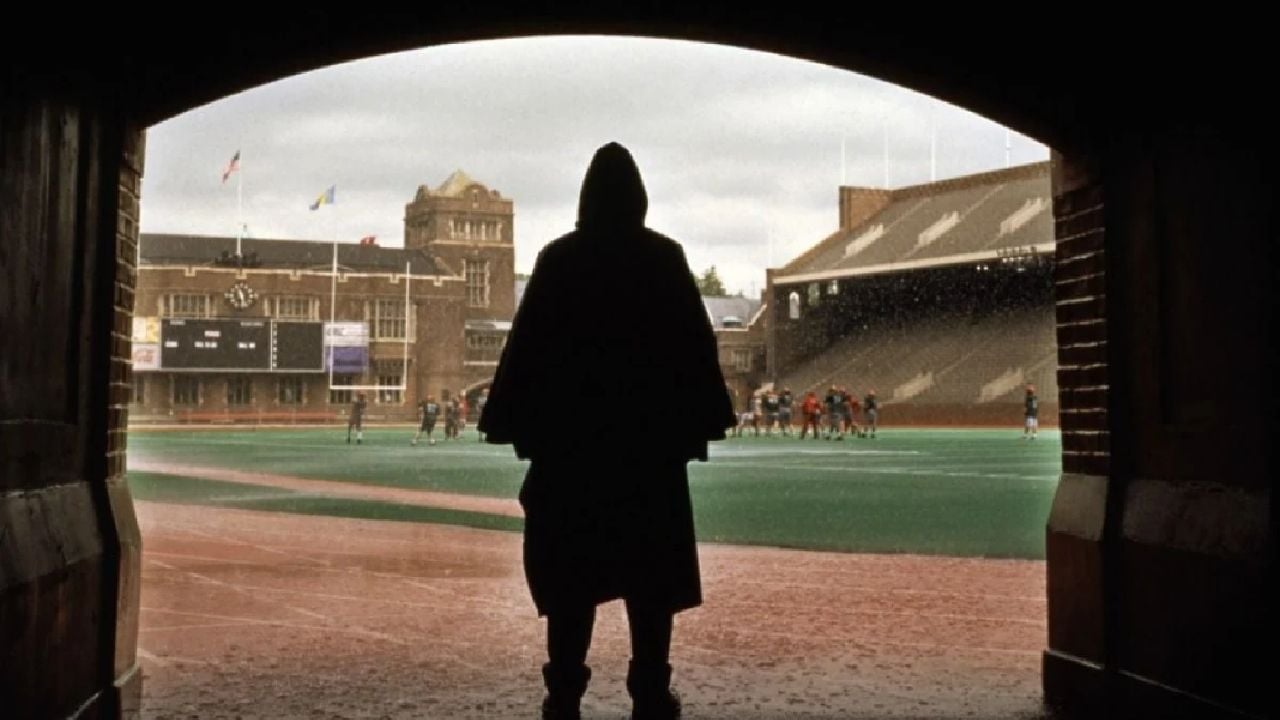The Heimlich maneuver is the best way to resolve choking situations in infants, but its execution is completely different from that performed in adults.
It’s a panic-inducing situation, and no wonder: when your child suffocationwhich means that he is running out of breath, a situation that requires an emergency response from parents and health workers, as it represents a real and immediate risk to life. For this very reason, you have to stay calm and knowing how to behave correctly at that moment, which can happen even more than once during the child’s growth.
The way to solve choking is to do a Heimlich maneuver. Even if you have heard of it, know that performing the technique on newborns is completely different from the one performed on adults, which involves hugging a person from behind and compressing the pit of their stomach. Here we explain how to correctly apply the technique to the little ones.
How to Perform the Heimlich Maneuver on Children
First, make sure the baby is actually unable to breathe. A characteristic sign of this is the absence of crying.
In children under one year of age, the anti-choking maneuver must follow these steps: open the child’s mouth, hold his chin and place him on his stomach, slightly tilted downwards, rhythmically pressing the central area of the back with the palm of your hand.
Repeat this movement about five times and, If breathing does not return, alternate: turn the baby face up and perform five more chest compressions, this time using two fingers. Also check inside the baby’s mouth to see if there are any objects or food stuck in it.
Continue alternating the movement until the breathing returns. If the child continues to have difficulty breathing, do not stop and also call the emergency services: the Mobile Emergency Care Service (Samu) can be accessed by dialing 192 throughout the country.
It’s also worth it Check the Fire Department instructions teach how to perform the Heimlich maneuver on children or This is another step by step guide to Albert Einstein Hospital.
What is choking?
A human being suffocates when something – usually food – “goes the wrong way” and, instead of going to the stomach, ends up obstructing the airways. In newborns this most commonly occurs immediately after breastfeeding, but can also occur when, for example, a solid object is put in the mouth.
Choking can resolve itself naturally through a natural reaction of the body that tries to expel the object, through coughing, but this does not always happen. This is the moment in which the child needs external help – and immediate – with maneuvers to recover breathing.
Source: Terra
Ben Stock is a lifestyle journalist and author at Gossipify. He writes about topics such as health, wellness, travel, food and home decor. He provides practical advice and inspiration to improve well-being, keeps readers up to date with latest lifestyle news and trends, known for his engaging writing style, in-depth analysis and unique perspectives.









